
This is a serious story about a unique woman — Filipina food technologist, pharmaceutical chemist, humanitarian, and war hero – that starts with ketchup.
Continue reading “María Ylagan Orosa – Filipina War Hero and Banana Ketchup Queen”Remarkable Women You Have Not Heard Of
Killed by U.S. Friendly Fire, She Left a Legacy Including Much of What Filipinos Eat Today

This is a serious story about a unique woman — Filipina food technologist, pharmaceutical chemist, humanitarian, and war hero – that starts with ketchup.
Continue reading “María Ylagan Orosa – Filipina War Hero and Banana Ketchup Queen”71 Die in Worst Civilian Disaster of the Civil War
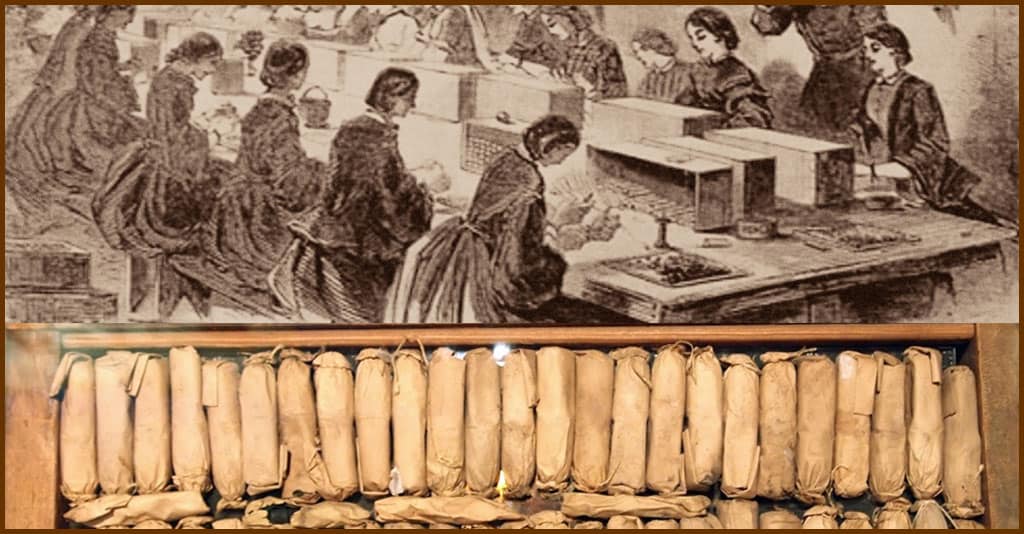
I’m sure Harriet Beecher Stowe meant well when, in 1861, she rallied American women to patriotism, writing, “We thank God for mothers that cheer on their sons, for young wives that have said ‘go’ to their husbands, for widows who have given their only sons.” But as the bloody Civil War dragged on, some women chose a more hands-on approach to support the war — they went to dangerous work in arsenals, helping build and fuel the machinery of war at places like the Allegheny Arsenal in Lawrenceville, near Pittsburgh, Pennsylvania.
Continue reading “The Women of the 1862 Allegheny Arsenal Explosion”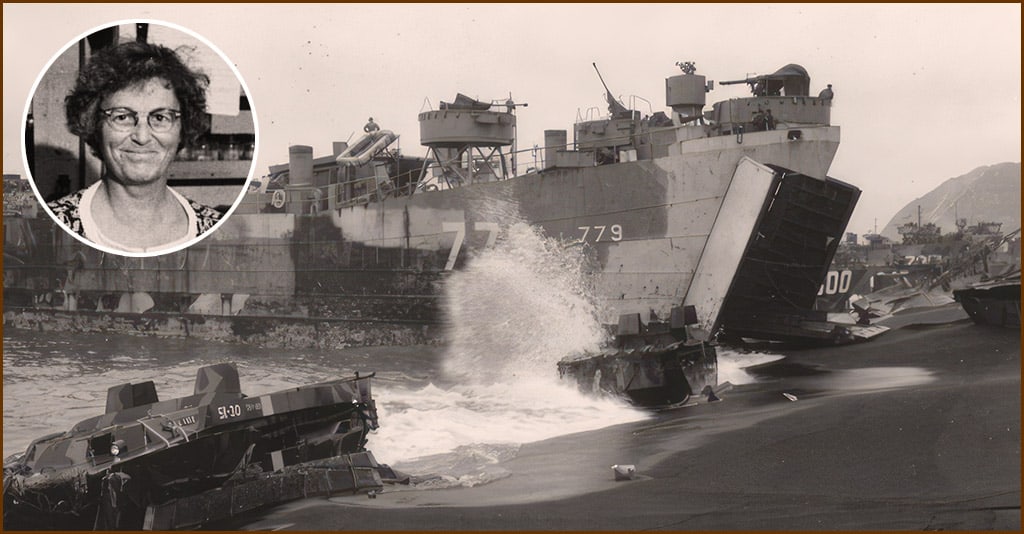
Diminutive, quiet, and bespectacled, it was Mary Sears’ nature to let her research and prodigious body of work speak louder than any commendations or public recognition that came her way. Still, few would argue that she changed the course of oceanographic history, contributed to its growth as an internationally recognized science and, along the way, helped win World War II.
Continue reading “Mary Sears – Pioneering Oceanographer Who Helped Win World War II”Caves Beneath Her Bronx Mansion Were Packed With Guns and Explosives
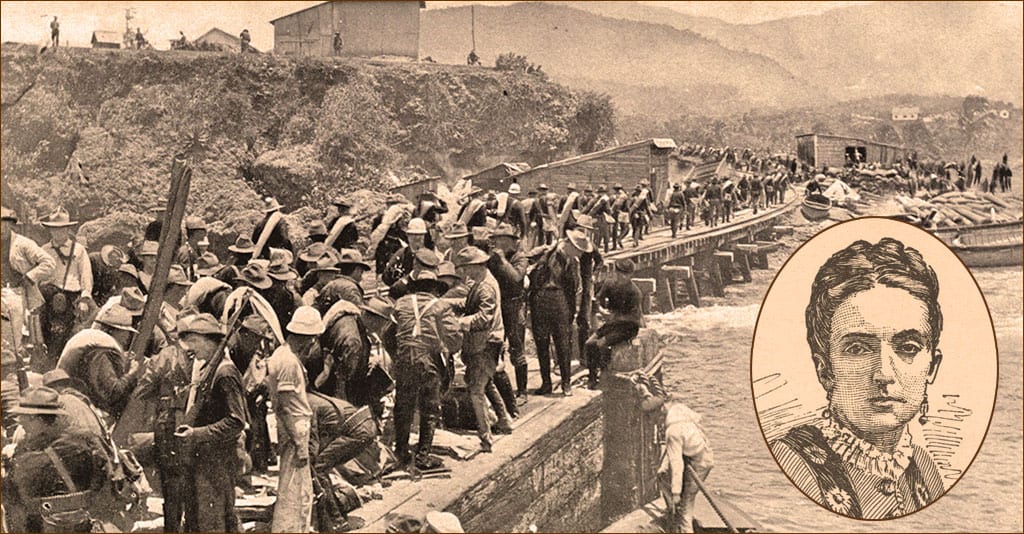
The future Emilia Casanova de Villaverde was a willful, headstrong teenager and never one to hold her tongue. She lacked the “coquettish manners believed to be natural in young women.” But what she had was a fire in her belly for Cuban independence in the late 19th century when Cuba was still governed by Spain. So much so that at a convivial banquet attended by Spanish authorities, she rose to lift her glass in a very public toast “to the freedom of the world and the independence of Cuba.” Talk about knowing how to clear a room.
Continue reading “Emilia Casanova de Villaverde: Firebrand of The Cuban Revolution”World War II Hero Credited with 309 Nazi Kills
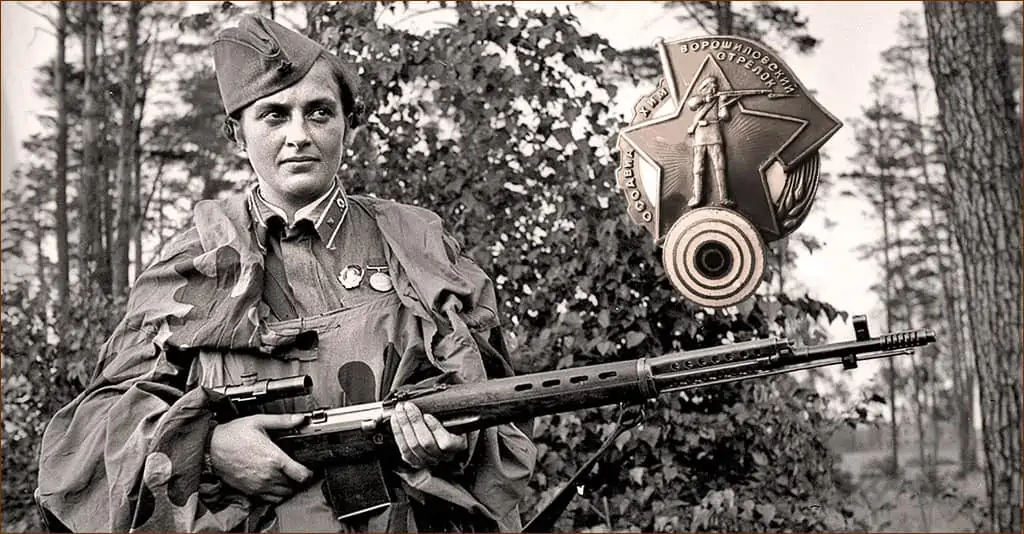
Of all the fierce Ukrainian warriors who have grabbed the world’s attention as they battle the current Russian invasion, one of the most unusual (and deliberately unsung) is a female Ukrainian Marine sniper known to the outside world only as “Charcoal.”
Continue reading “History’s Deadliest Female Sniper: Ukraine’s Lyudmila Pavlichenko”Turning Fabulous Wealth and Arduous Journeys into New Scientific Knowledge
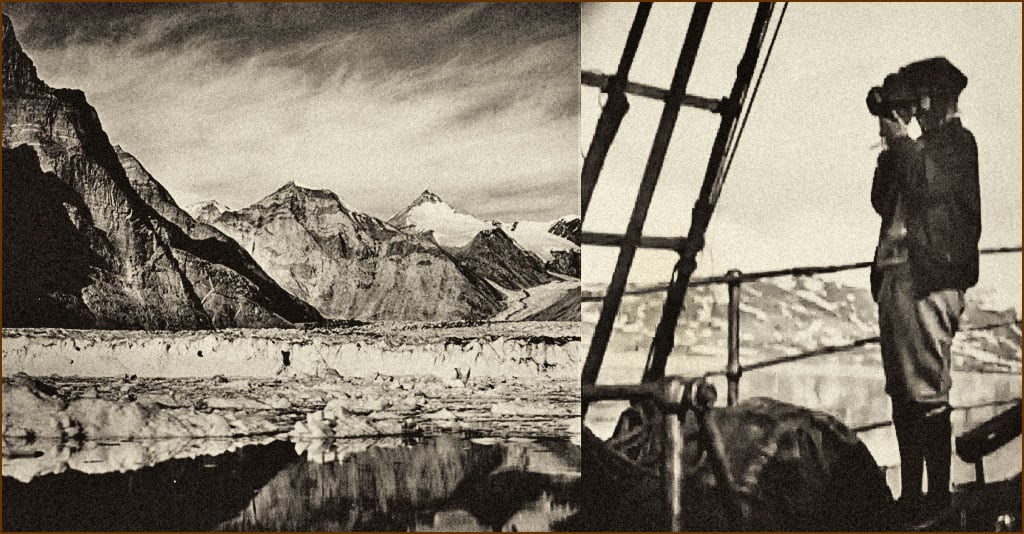
Louise Boyd wasn’t born with the proverbial silver spoon in her mouth. Hers was made of gold. Her grandfather made a fortune in the California Gold Rush of 1848; her father was a mining magnate with a stake in a gold mine, and president of San Francisco’s Boyd Investment Company. Her mother was a New York socialite.
Continue reading “Socialite, Arctic Explorer, Wartime Secret Agent: Louise Boyd”